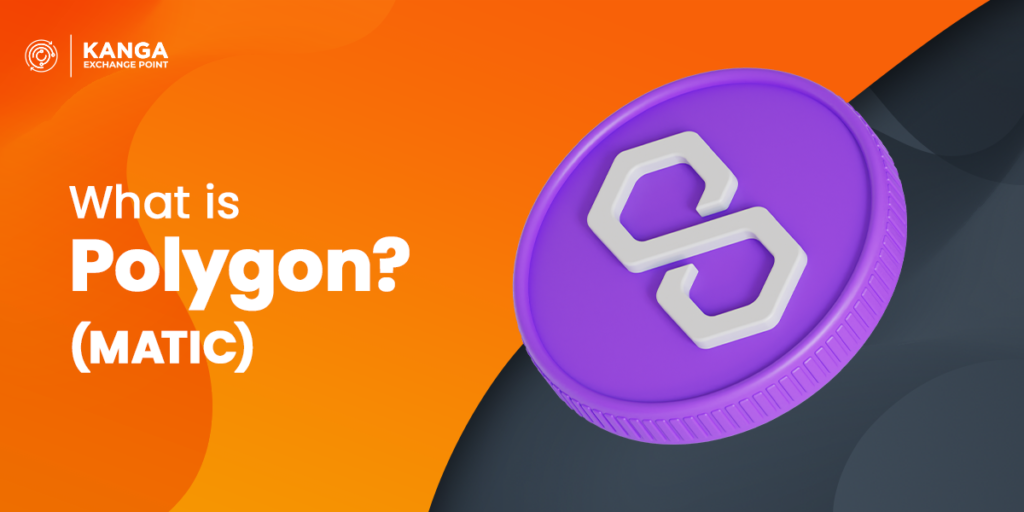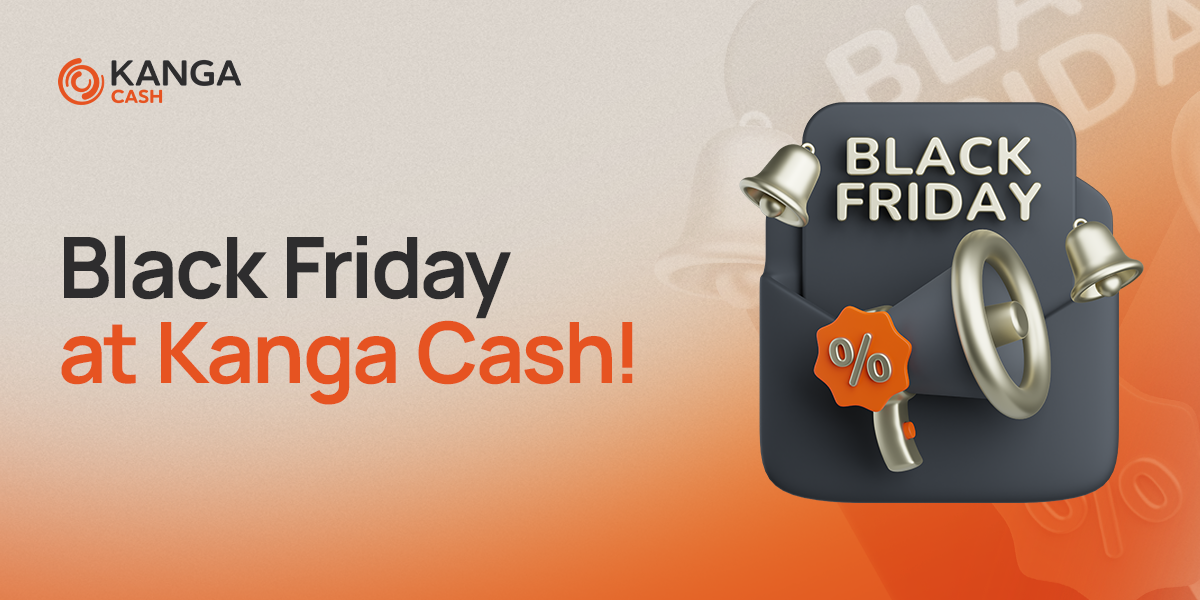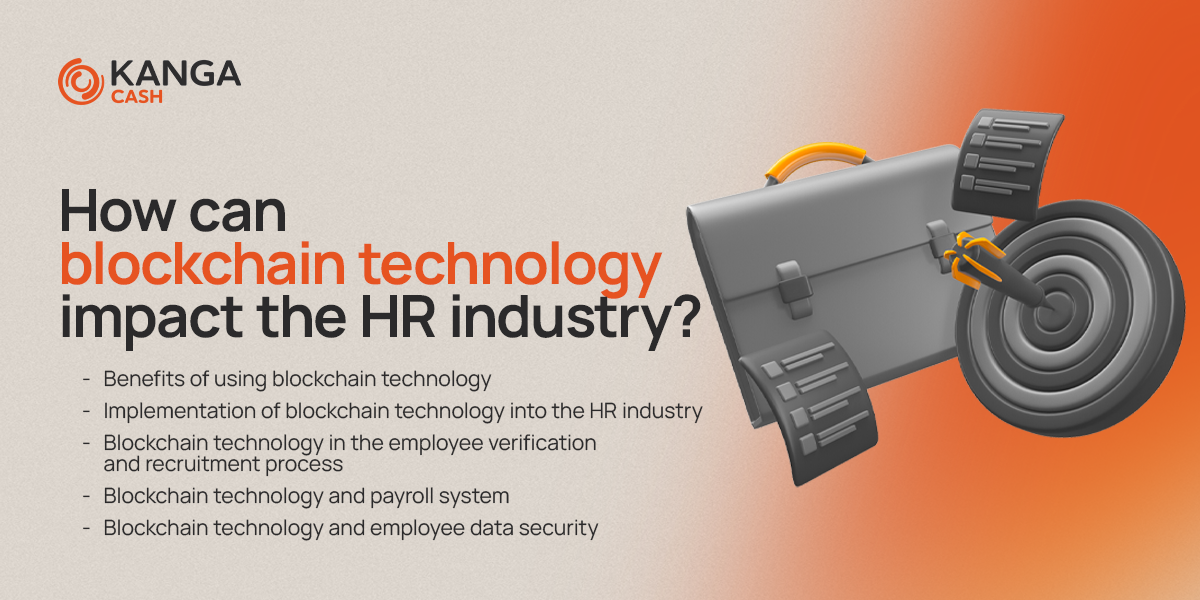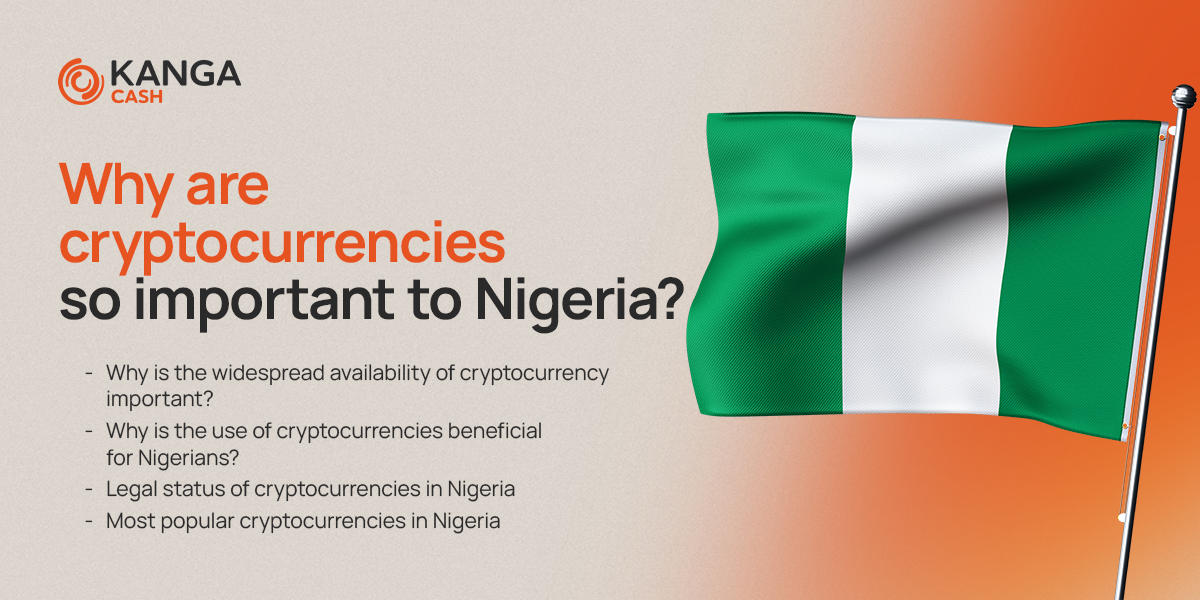What is Polygon (MATIC)?

Year after year, it is becoming increasingly difficult to keep up with the changes taking place in the cryptocurrency world. Many projects related to the crypto market are focusing on introducing tools to improve the speed and reduce the cost of transactions on blockchain networks. Polygon, formerly known as Polygon MATIC, is another innovative project seeking to improve blockchain technology.
The focus of the developers of the Polygon (MATIC) project was the Ethereum network. Among other things, they have set themselves the goal of increasing the security, performance and usability of this network. If you want to know more details, be sure to read the rest of the article.
What is Polygon (MATIC) – a brief history
Polygon was designed in 2017 by the Polygon Technology group. At the time, the group consisted of three creators hailing from India, they are: Jaynti Kanani, Sandeep Nailwal and Anurag Arjun.
Initially, Polygon was known as Matic Networ, which underwent a rebranding in February 2021. It was first transformed into Polygon Matic, but over time Matic disappeared completely from the project logo. It remained only in the name of the network’s native token.
An interesting piece of information related to the development of this project seems to be that Polygon still functioning under the name Matic started as an IEO, or Initial Exchange Offering on the Binance exchange. 1.9 billion tokens were sold there, with a price of 0.00263 cents per token at the time. There were also two rounds of sales and in the first round 200 million MATIC tokens were sold while 170 million were sold in the second round.
What is Polygon and what are the main objectives of the project
Polygon is considered a decentralised platform known for scaling the Ethereum network. As Ethereum struggles with some limitations, solutions were needed that could improve performance, speed and reduce transaction costs. The developers of Polygon (MATIC) came to the rescue. Their goal was to support Ethereum when it came to improving performance and usability without sacrificing security.
Why does Ethereum need support? The network is struggling with the so-called blockchain trilemma problem (blockchain trilemma). This is about choosing between three ideal characteristics a blockchain could have, decentralisation, security and scalability. Combining them together in a single network is extremely difficult. Ethereum has focused primarily on decentralisation and security at the expense of scalability. The result can be expensive and slow transactions.
Currently, Ethereum can process around 14 transactions per second, while Polygo reaches speeds of up to 7,000 transactions. This vividly illustrates how much of a change Polygon can make when it comes to scalability issues.
What is Polygon and how does it work?
Polygon was designed as a layer two network. This means that it was created as an add-on layer to the Ethereum blockchain and does not aim to make changes to the original layer of the blockchain.
Layer one of the Ethereum blockchain, provides developers with a platform to create and run decentralised applications (dApps), smart contracts or NFTs. Polygon, on the other hand, is a layer two blockchain that aims to help Ethereum with its scalability. This means that Polygon, as a layer two protocol, does not replicate Ethereum’s functionality, it merely helps improve transaction speeds and reduce costs.
As already mentioned, Polygon is a multi-tier platform that aims to scale Ethereum. This is made possible, among other things, by the huge number of sidechains supporting the main network. A sidechain is understood here as a parallel chain connected to another blockchain.
The use of sidechains brings a lot of advantages, such as fast and cheap transactions. Therefore, it seems that any Polygon user could confirm that this network is extremely fast and inexpensive if we compare it to Ethereum. It is worth mentioning that sidechains are also effective in supporting many of the decentralised finance (DeFi) protocols available on Ethereum.
What is MATIC?
As mentioned earlier, Matic Network underwent a rebranding. It resulted in the removal of the token name from the project logo. Does this mean that MATIC has disappeared completely from circulation? Nothing could be further from the truth. Polygon has retained its underlying cryptocurrency for the network.
What is MATIC? It was launched as the native cryptocurrency of the Polygon network. It is largely driving the growth of the entire platform. Users in possession of this token, for example, can use it to skat or make transaction fees. Among other things, it is currently used as a unit of payment and settlement between participants who interact on the network.
Unlike other cryptocurrencies with unlimited supply, the supply on MATIC is limited. This means that there will never be more than 10 billion tokens in circulation. There is a belief that a constant supply of tokens can significantly increase their value. In contrast, Polygon’s current circulating supply is 8.7 billion.
What other benefits does MATIC bring to users of the Polygon network? It not only allows them to pay transaction fees, but also to participate in the Proof of Stake consensus. This allows participants to skat MATIC tokens. And by extension, they also gain the ability to vote on network updates, with each vote being proportional to the amount of MATIC cryptocurrency they bring in.
The Polygon network’s use of the Proof of Stake mechanism, means that MATIC token holders, also gain the opportunity to generate passive income.
Thank you for reading the article! We encourage you to visit our Exchange Point blog regularly for the latest news from the world of cryptocurrencies!


